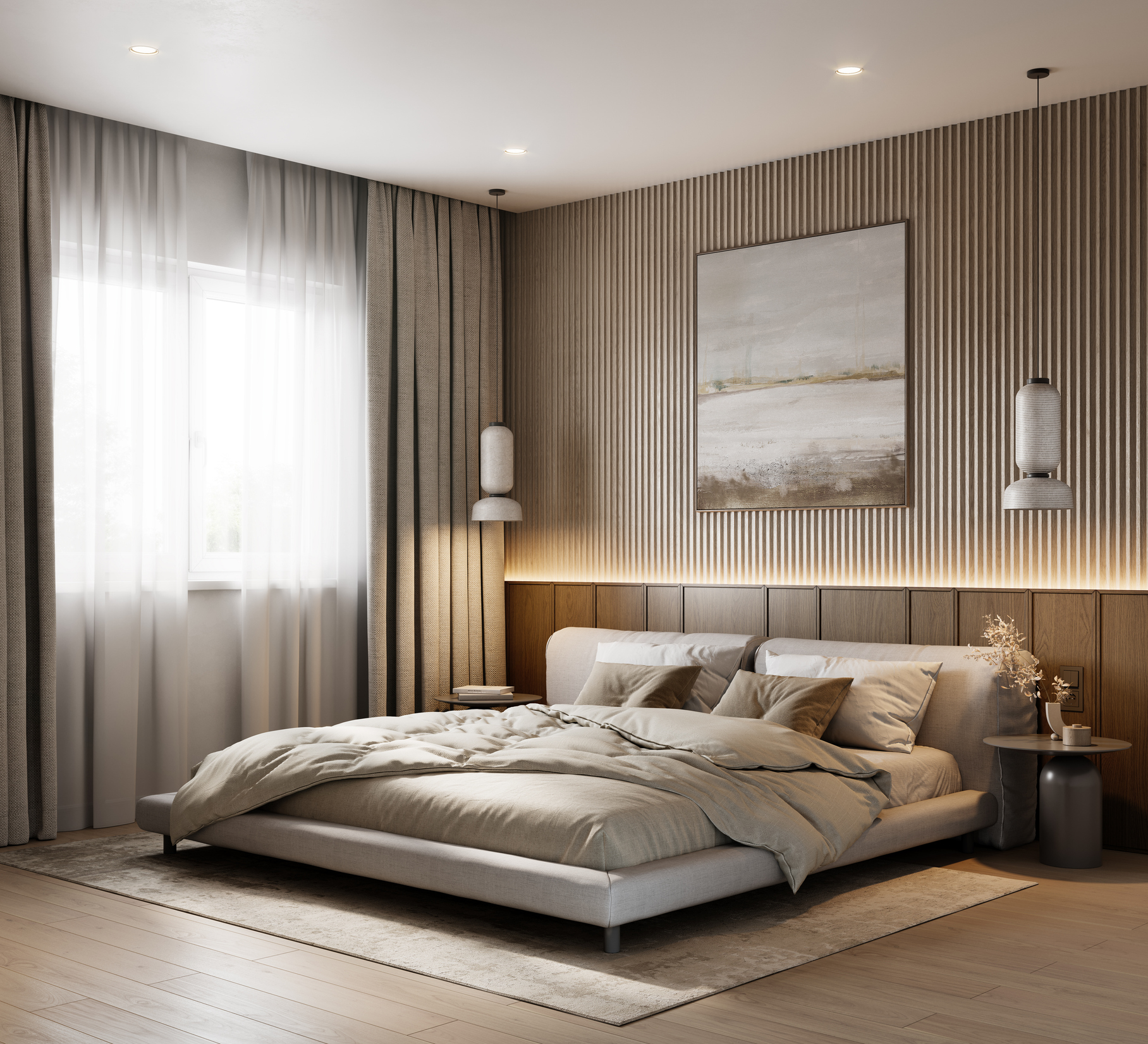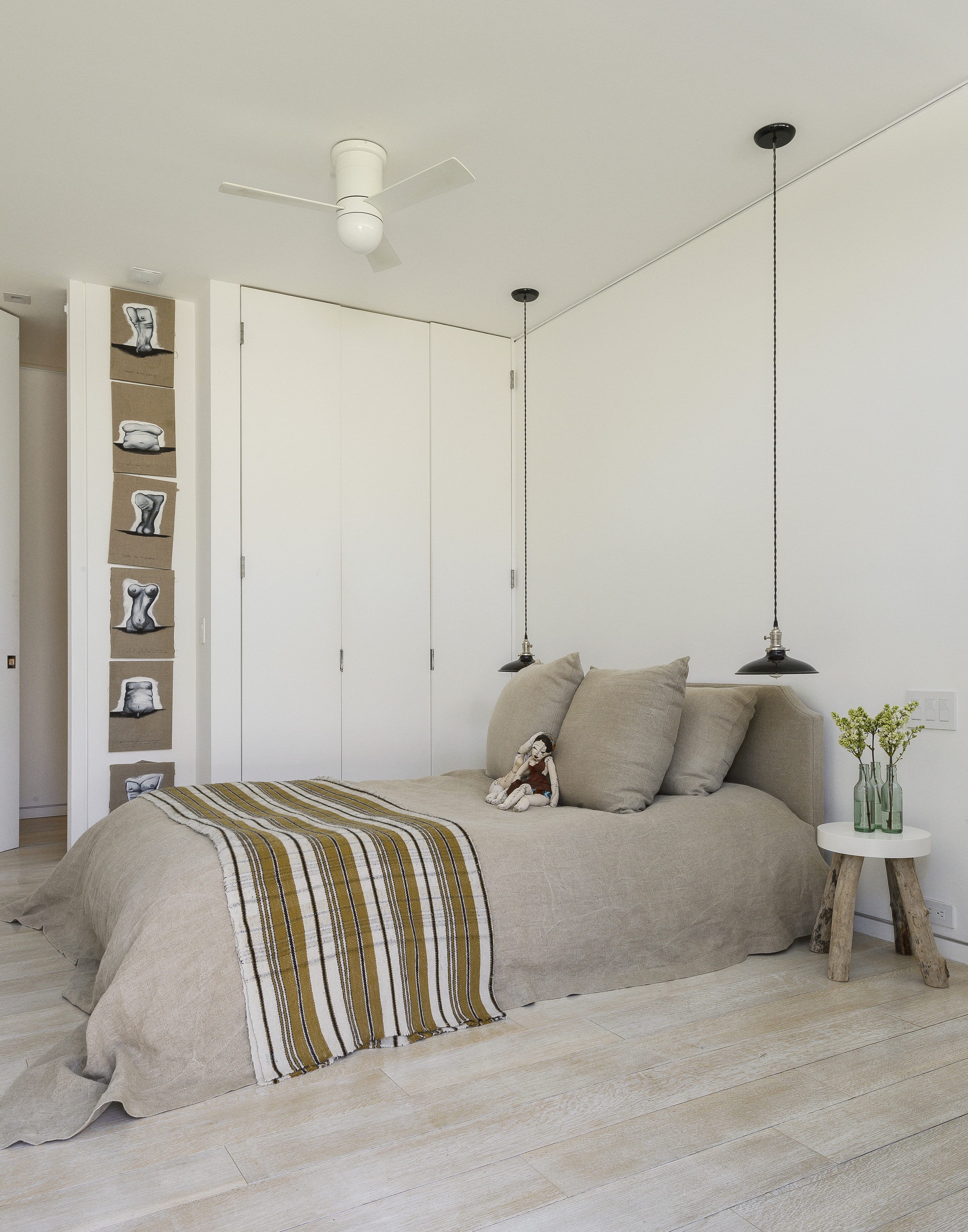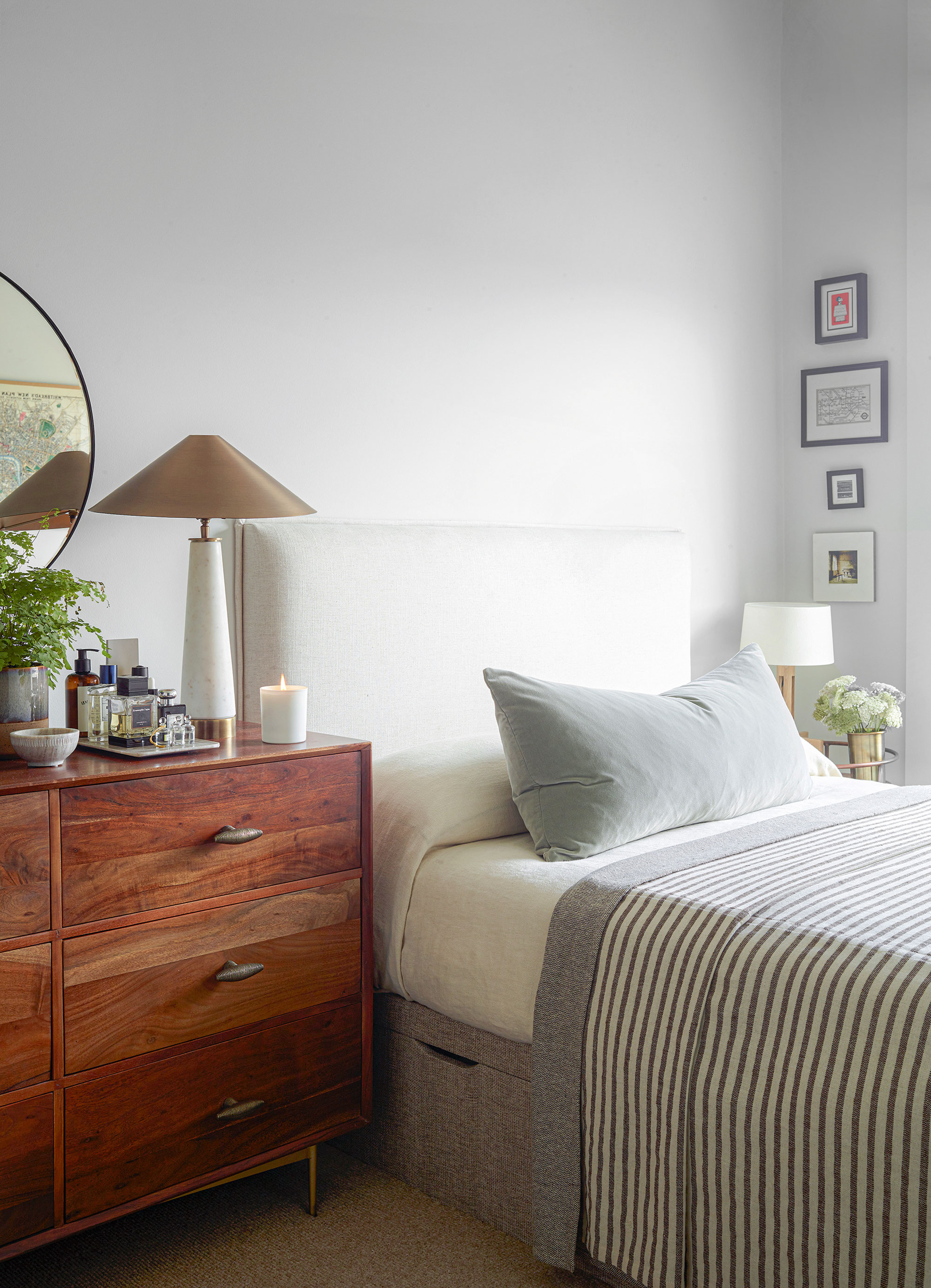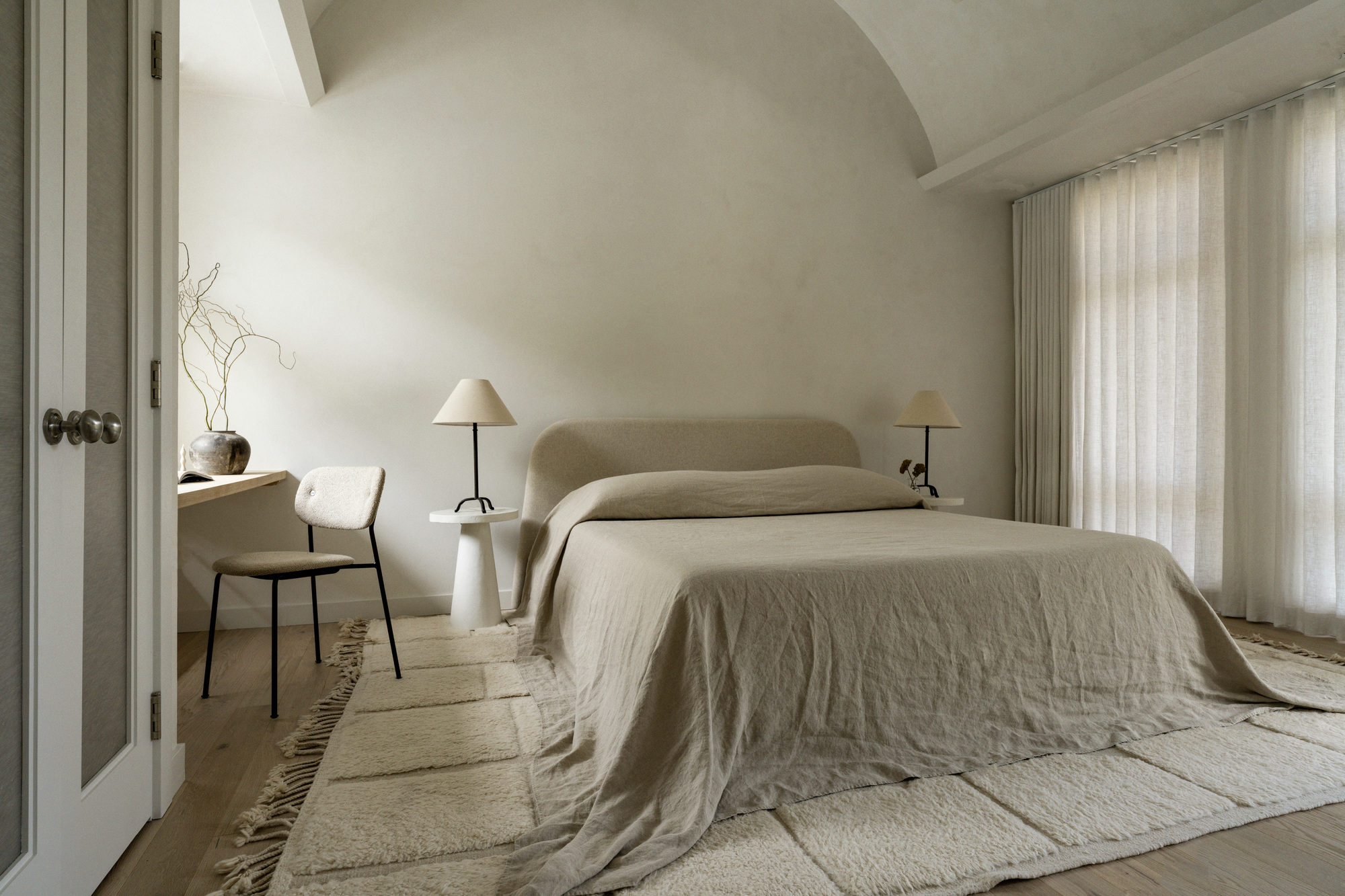
Everyone dreams of a plush bed where they can de-stress and recharge. But more often than not, many of us find it hard to sleep well or feel fully rejuvenated. Sometimes, it may not be your fault but the way your room is designed.
To help you have the most relaxing space, we asked experts for tips on how to design the bedroom well, and how to sleep better. Take a look, and get ready for a good night's sleep.
1. Choose the right mattress

It's always smart to start with the basics. Creating a strong foundation for your bedroom allows you to build up from there, developing the room's aesthetic around its core function.
But where to start? Claire Spring of Silk and Snow recommends beginning with the mattress. 'A good mattress can make or break your sleep; if you don’t like your mattress, it won’t feel like a sanctuary,' says Claire. 'Personally, a memory foam mattress, like the S&S mattress — offers ideal pain point relief so it feels like you’re sleeping on a cloud.'
Another way of ensuring you get a good night's sleep is by paying attention to the quality of your mattress. It can determine the restfulness of your sleep, so ensuring that you choose one that feels comfortable to you is crucial.
'After you find your perfect mattress, all eyes are on the bed frame,' says Claire. 'If you’re like me and like to read in bed, you’ll want to find a soft headboard to lean against. I love the cloud-like look and softness of the boucle, which is why I chose to design our wooden bed frame with a boucle headboard!'
Price: $1079
Size: Full
Ethically sourced and organic, and made in Los Angeles, you can sleep easy on this mattress from Avocado Green. And, when it comes to comfort, the reviews are on this mattress' side too.
2. Eliminate distractions

We all know that we shouldn't be browsing on our phones before bed, but why not take it one step further and design your room with the principles of proper sleep hygiene in mind?
Dr Chad Eldridge, sleep and well-being advisor to Hästens, is an advocate for this approach. 'From my personal experience, I eliminate the things that are distracting to me or may cause any form of stress around sleep or remind me of the things that keep my mind going,' he says. 'I have no clocks in the room, no electronics, and I keep it simple with no clutter.'
If you are looking for some design elements, Chad suggests: 'Some bedroom plants to have the feel of nature, and pictures or items that are soothing and provide comfort to me. This will be different from person to person.'
His most important piece of advice for creating a sleep sanctuary is: 'Bring the things in that make you feel at ease and eliminate the things that may trigger you or spark your mind.'
3. Build the right atmosphere

Your sleep sanctuary stretches beyond the modern bedroom furniture you choose. Every element of this space can enhance, or take away from the serene environment you are aiming to create.
'Consider how to optimize the space for comfort and pay close attention to light, temperature, humidity, and noise,' suggests Brandon Peters, author of Sleep Through Insomnia. 'Reserve the bedroom as a space for sleep. Go to bed feeling sleepy, and leave when awake. This conditioning helps to associate the bedroom with sleep and reduces the likelihood of experiencing insomnia.'
'To turn your bedroom into a sleep sanctuary, focus on creating a serene and comfortable atmosphere,' says Audrey Scheck, founder of Audrey Scheck Design. 'Declutter the space to promote a sense of calm, and consider incorporating soothing neutral colors and soft textures. Enhance the ambiance with dimmable bedroom lighting and blackout curtains to block out unwanted light.'







